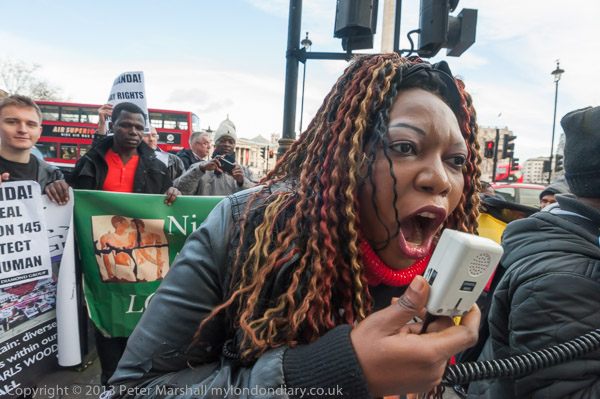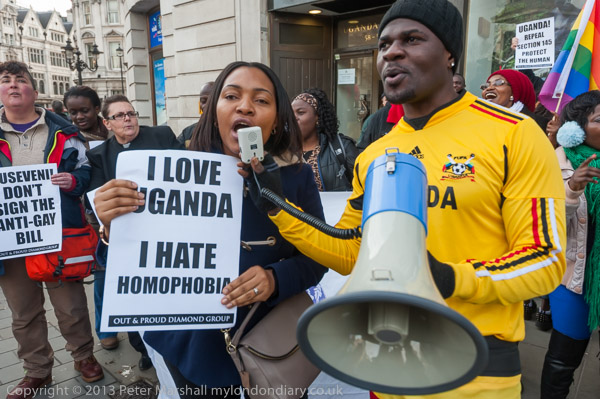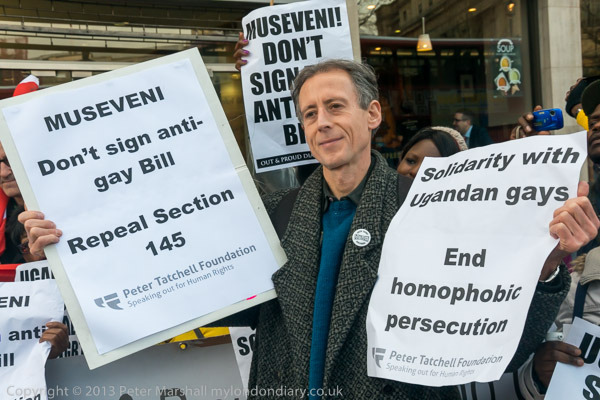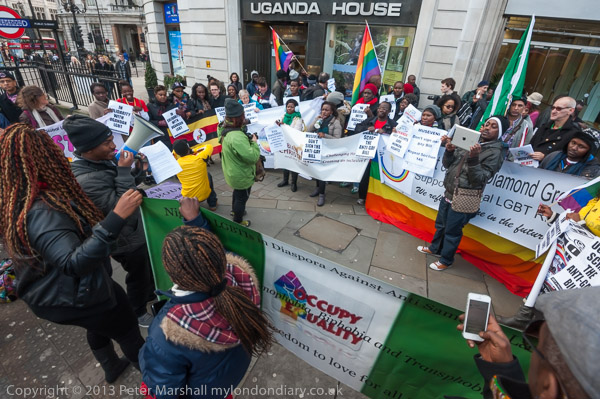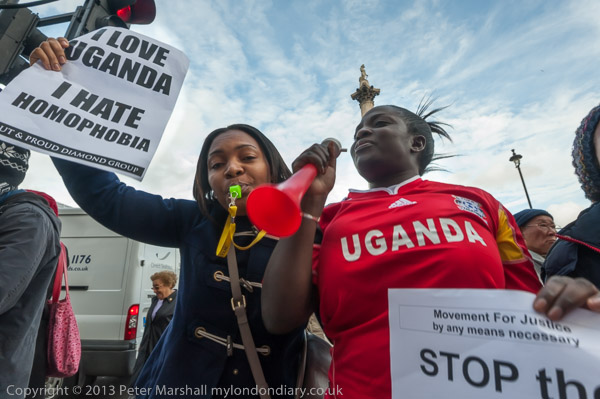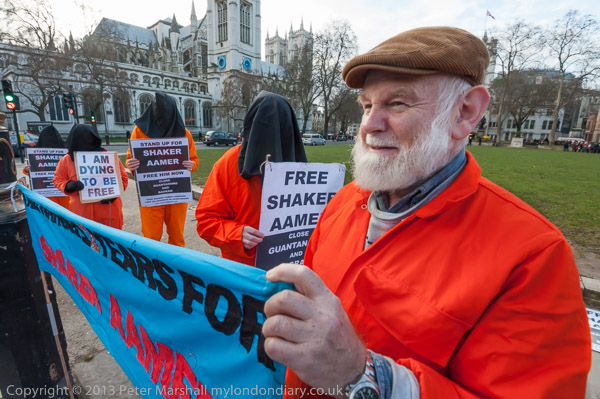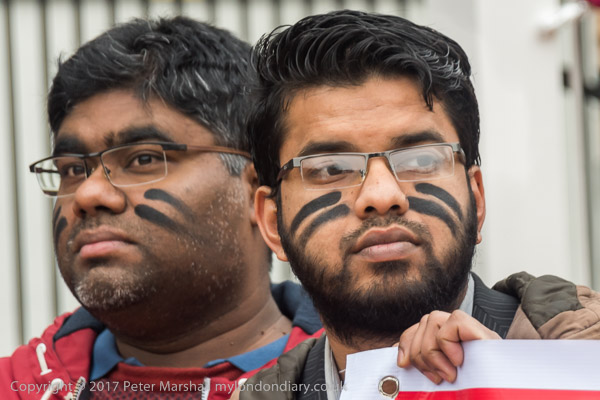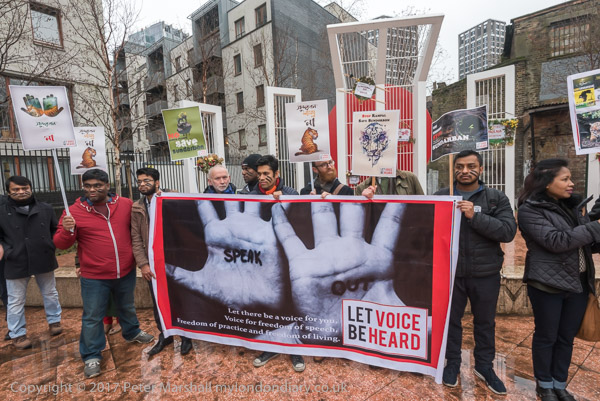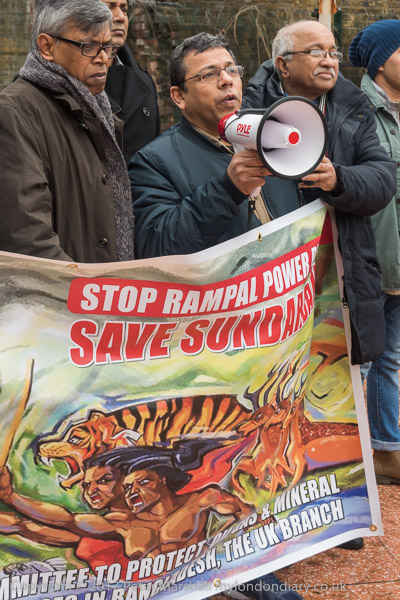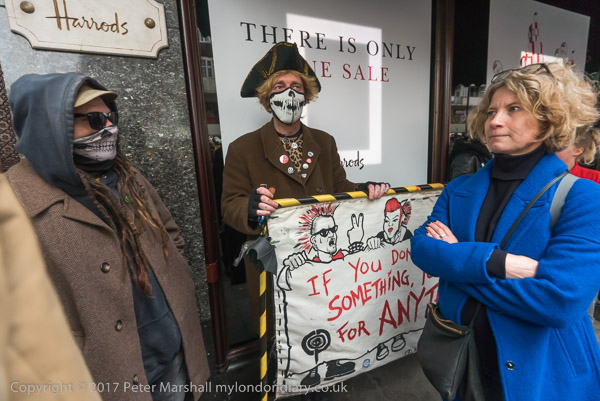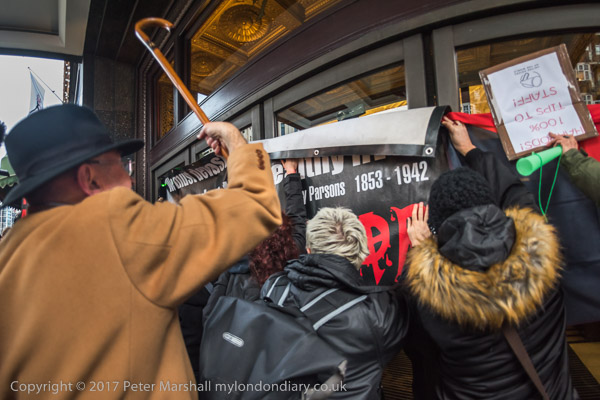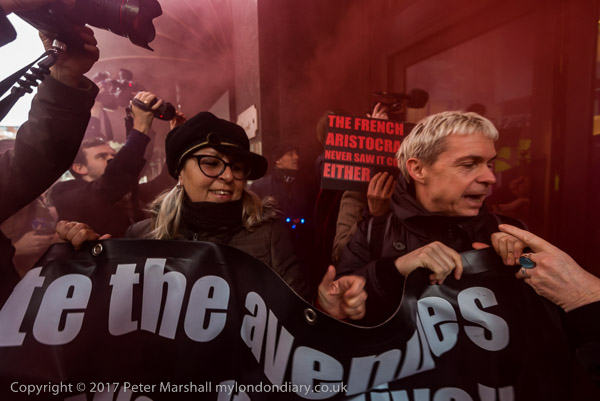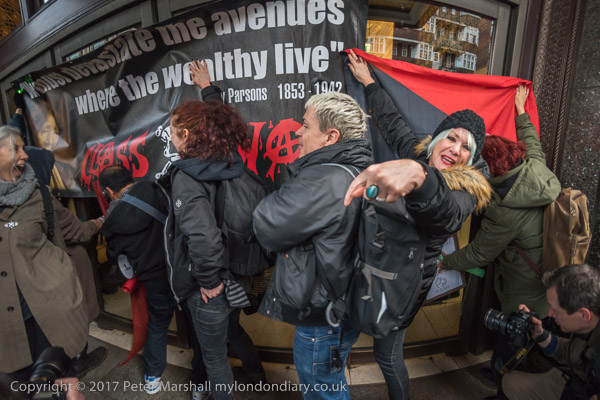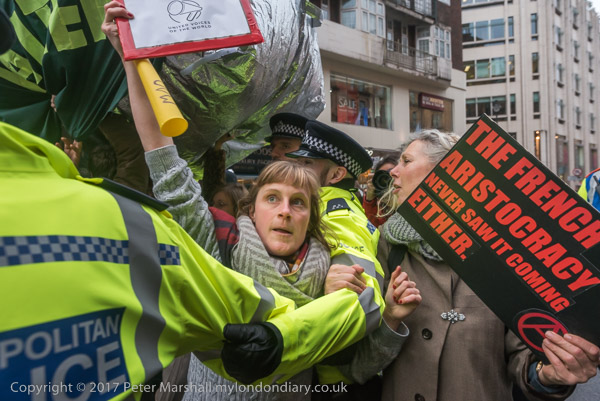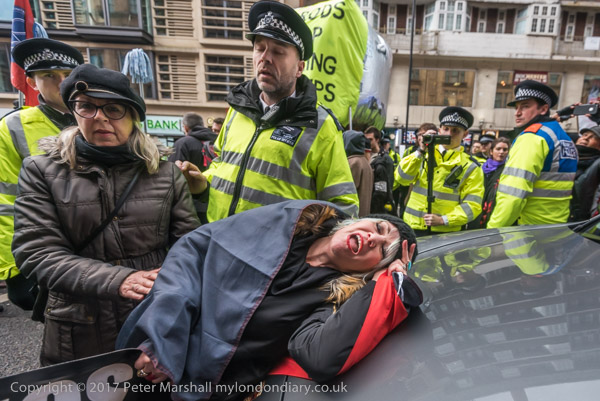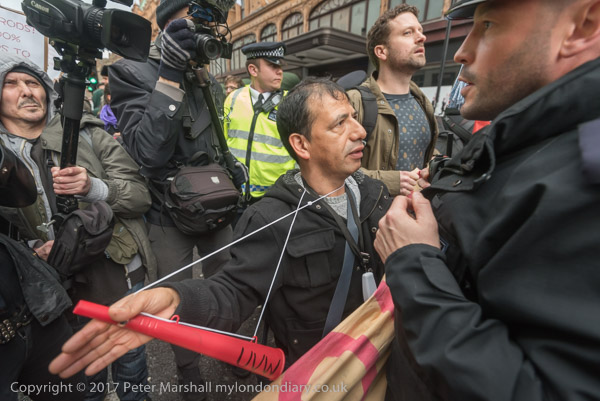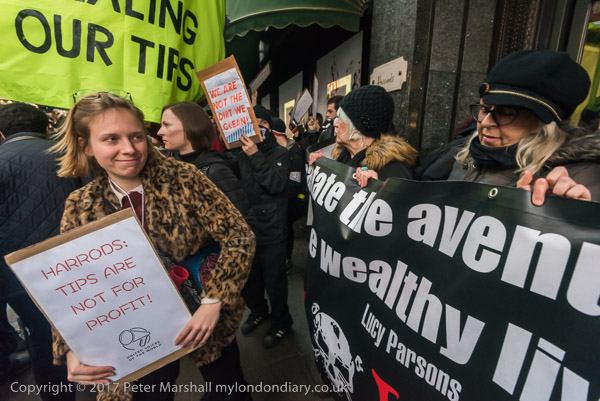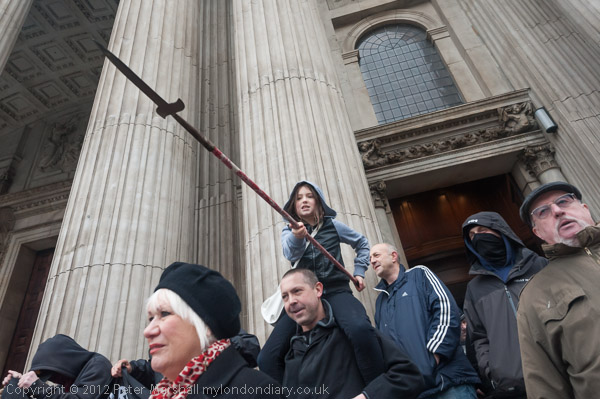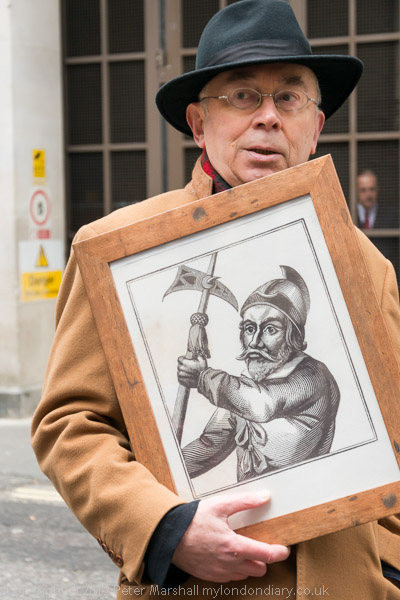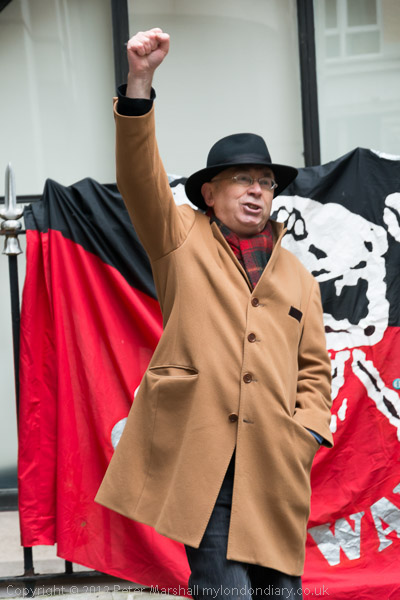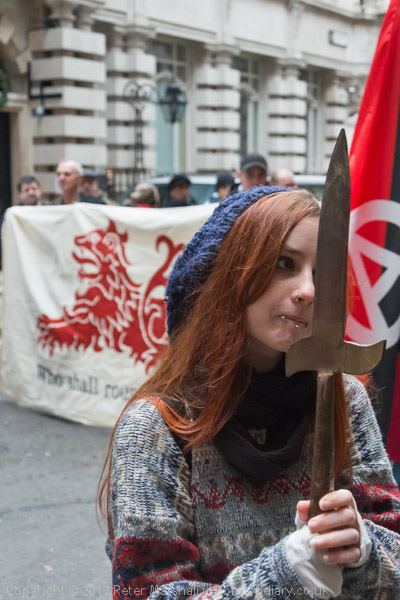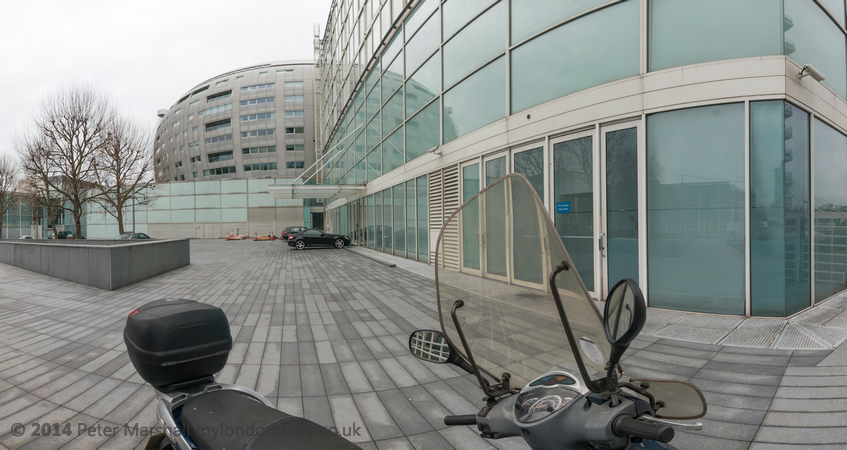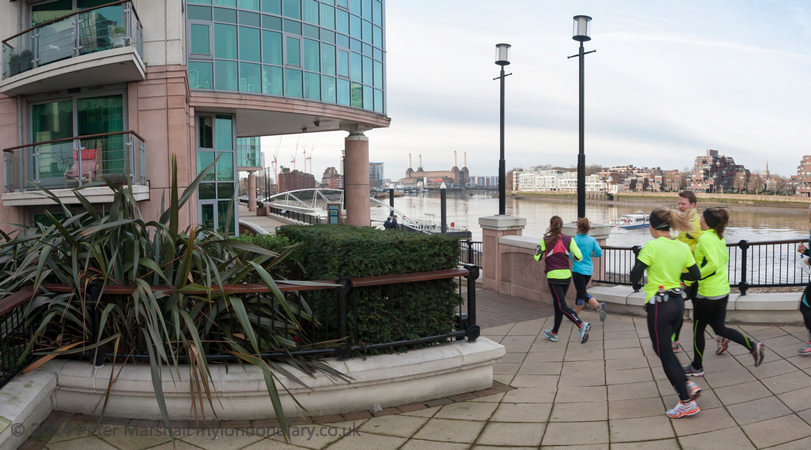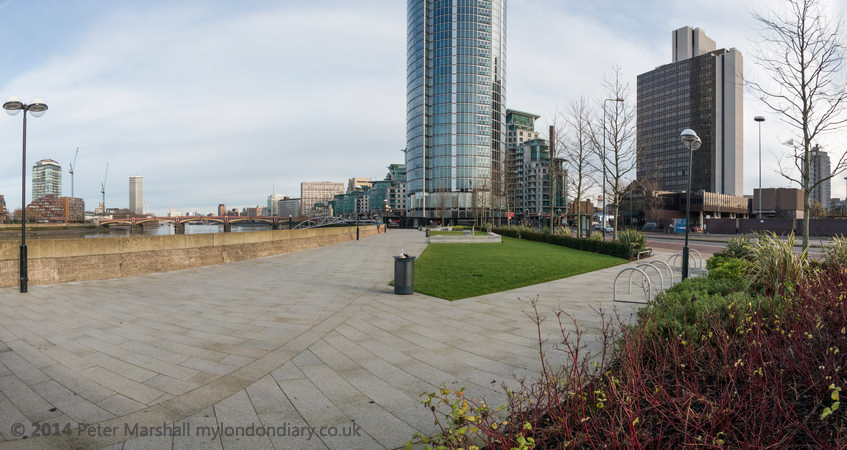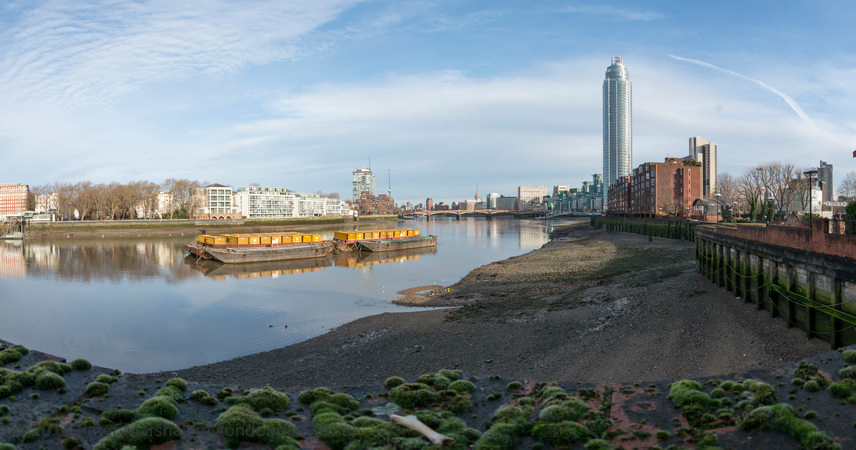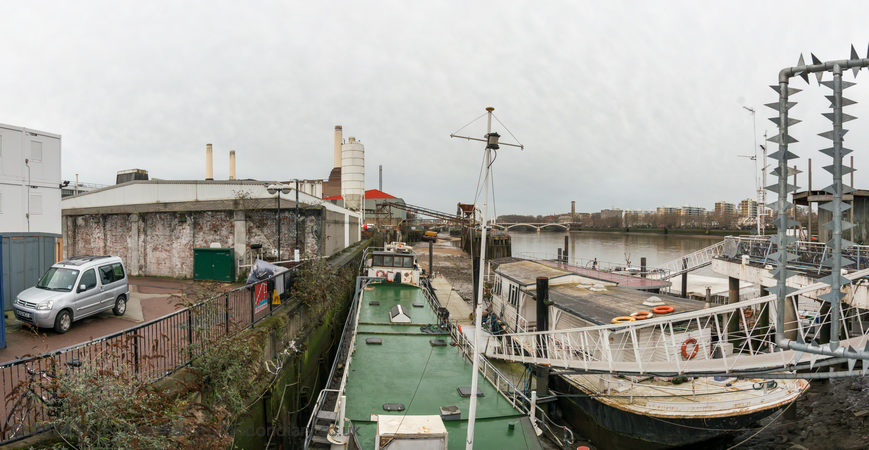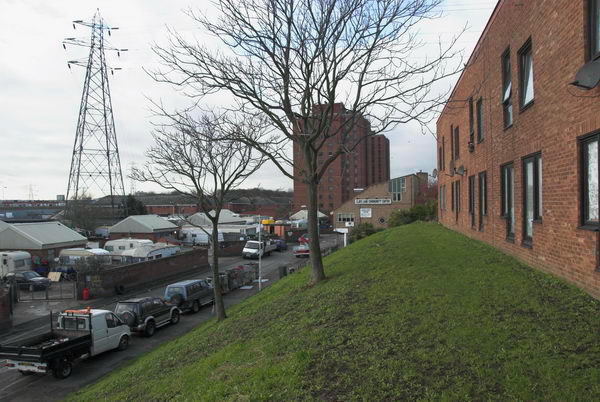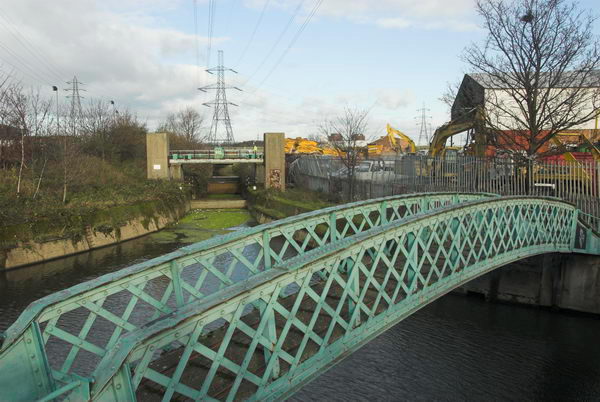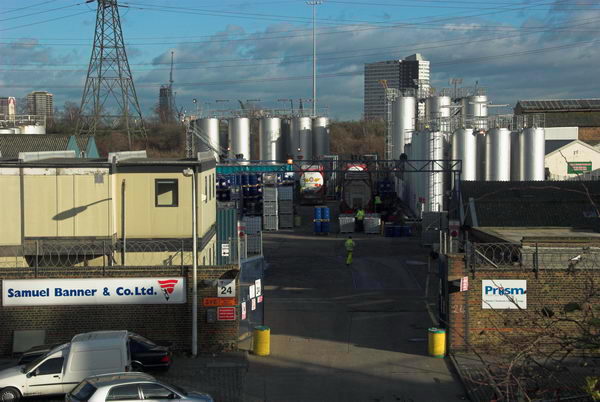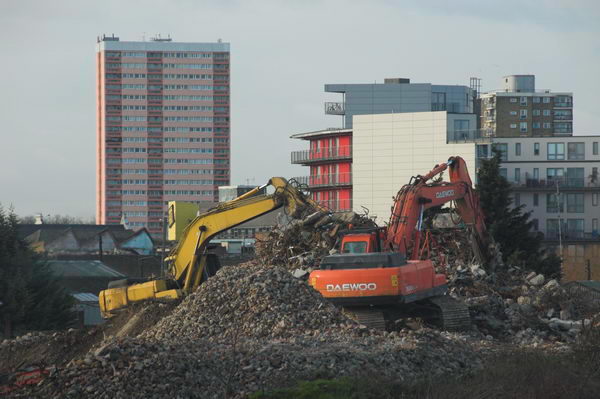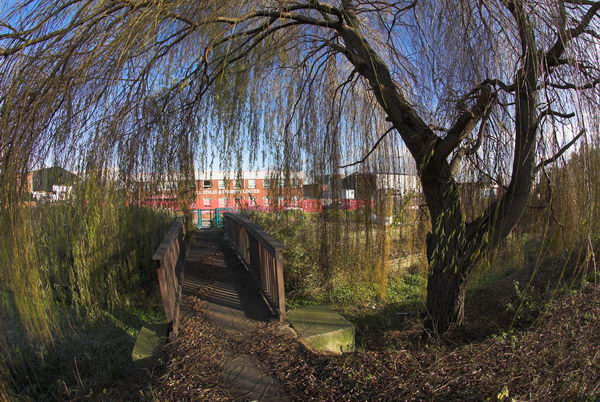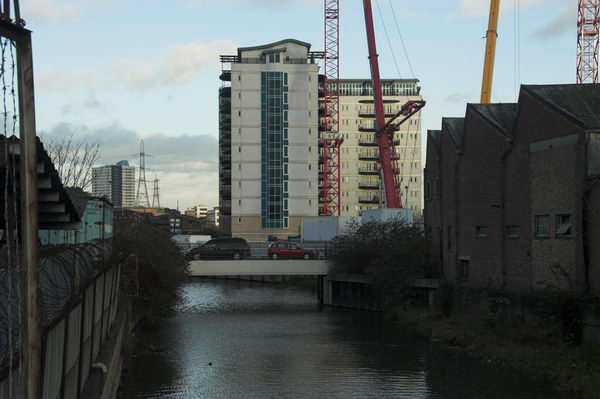Guantanamo Day – 11th January: Today is the 23rd anniversary of the setting up by U.S. President George W. Bush of the illegal prison camp at Guantanamo Bay inside the US Naval base on Cuba.
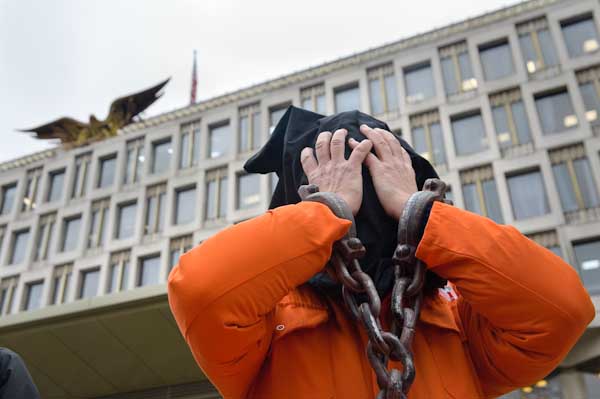
Bush had issued a military order in November 2001 “for the indefinite detention of foreign nationals without charge and preventing them from legally challenging their detention” and to their shame the US Department of Justice claimed that the principle of ‘habeas corpus‘ did not apply to the camp as it was not on US territory.

At first a temporary camp called ‘Camp X-Ray’ was set up at Guantanamo and the first twenty detainees arrived there on 11 January 2002. Later they were moved to a more permanent Guantanamo Bay detention camp.

The US administration argued that the site was not US territory as it was only held under a lease from Cuba last updated in 1934 “under which Cuba retains ultimate sovereignty but the U.S. exercises sole jurisdiction.” Cuba since the 1959 revolution has argued that the US presence there is illegal and has called repeatedly for them to leave and return the territory to Cuba.

The USA also argued that the Geneva Conventions did not apply to ‘unlawful enemy combatants’, and went ahead holding prisoners there in cruel, inhumane and degrading conditions and torturing them. The Wikipedia article gives some details of the condemnations by the Red Cross and human rights organisations as well as the testimonies of released prisoners.
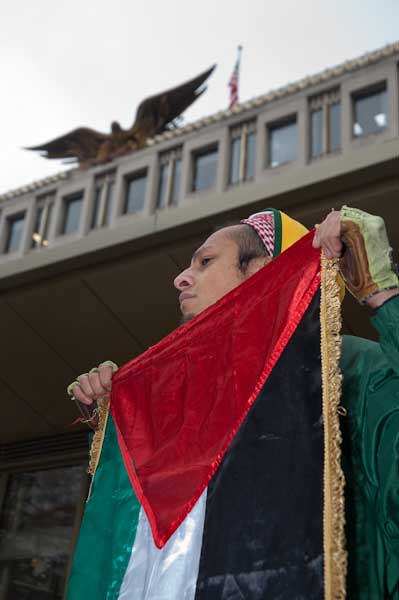
There was little if any evidence against great majority of the at least 780 men who were held in Guantanamo and most were finally released without charge, although today 15 detainees remain at Guantanamo Bay. Nine died while being held there. Only 16 detainees have ever been charged by the U.S. with criminal offences. Most were just foreigners who were in Afghanistan for various reasons and were captured and sold to the US forces by bounty hunters.
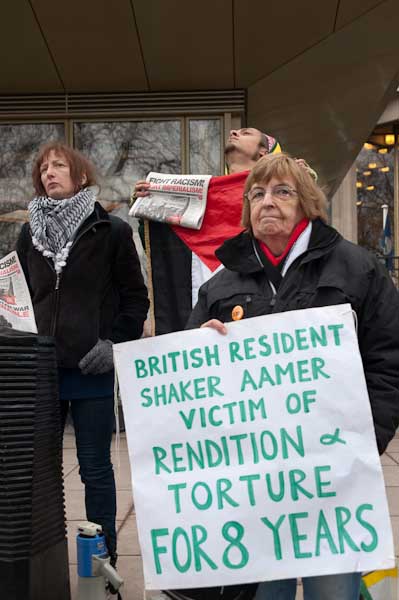
The last detainee with a British connection to be released was Shaker Aamer, born in Saudi Arabia but with British Resident status and a wife and family in Battersea, London who had gone to Afghanistan as a charity worker. He was captured by bandits and sold to the US in December 2001 and transferred to Guantanamo on 14 February 2002 after having been interrogated and tortured in the prison at the US Bagram air base. He was eventually released in October 2015 having been held for over thirteen years.

Some large protests against Guantanamo took place in London over the years, as well as smaller regular vigils at the US Embassy and in front of Parliament. I photographed many of these over the years, putting accounts and pictures on My London Diary as well as sending them to agencies. The pictures here come from my post about a small protest by active campaigners against the camp at the US Embassy on Monday 11th January 2010, Guantanamo Bay – 8 Shameful Years.
Flickr – Facebook – My London Diary – Hull Photos – Lea Valley – Paris
London’s Industrial Heritage – London Photos
All photographs on this page are copyright © Peter Marshall.
Contact me to buy prints or licence to reproduce.















